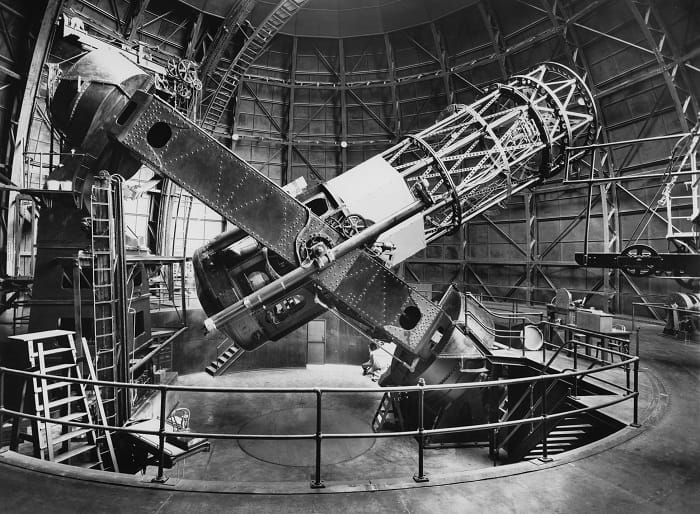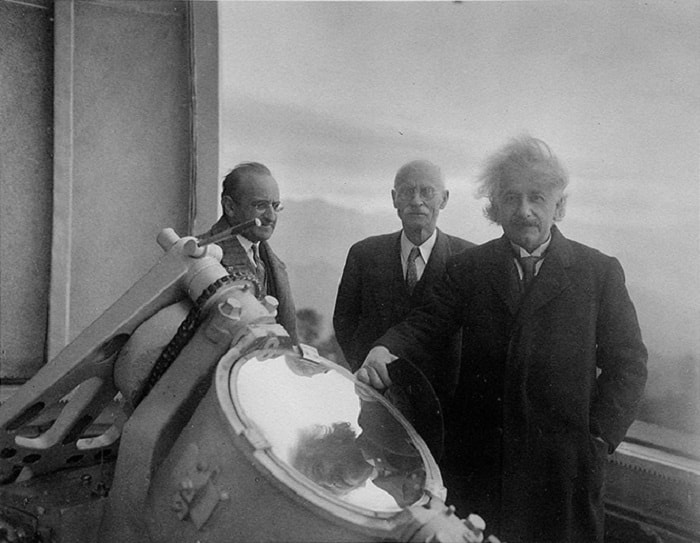In science, the Nobel Prizes are the ultimate distinction, yet not every great mind has been recognized. Dmitri Mendeleev, Ludwig Boltzmann, Edwin Hubble, Lise Meitner, and Stephen Hawking are just a few of the notable scientists who never won a Nobel Prize. But why haven’t we given a Nobel Prize to every excellent scientist? What were the excuses for them? Let’s take a look at the famous whose breakthroughs never won a Nobel Prize.
Alfred Nobel, the creator of dynamite, established the Nobel Prizes in 1901 to recognize exceptional scientific contributions in the fields of physics, chemistry, and medicine. He was preoccupied with publicizing and fostering a widespread appreciation for significant human accomplishments. Numerous well-known scientists, whose work has had a lasting impact on our understanding of the world, earned a place on the extensive list of Nobel Prize winners.
But the absence of some of science’s most illustrious figures is all the more glaring for it. From the master of black holes to the discoverer of Archaea to the inventor of the Big Bang, there are many famous people who have contributed to our understanding of the universe. However, it is puzzling that these scientific pioneers have been overlooked for the Nobel Prize.
Between the suggestion and the awarding of the Nobel
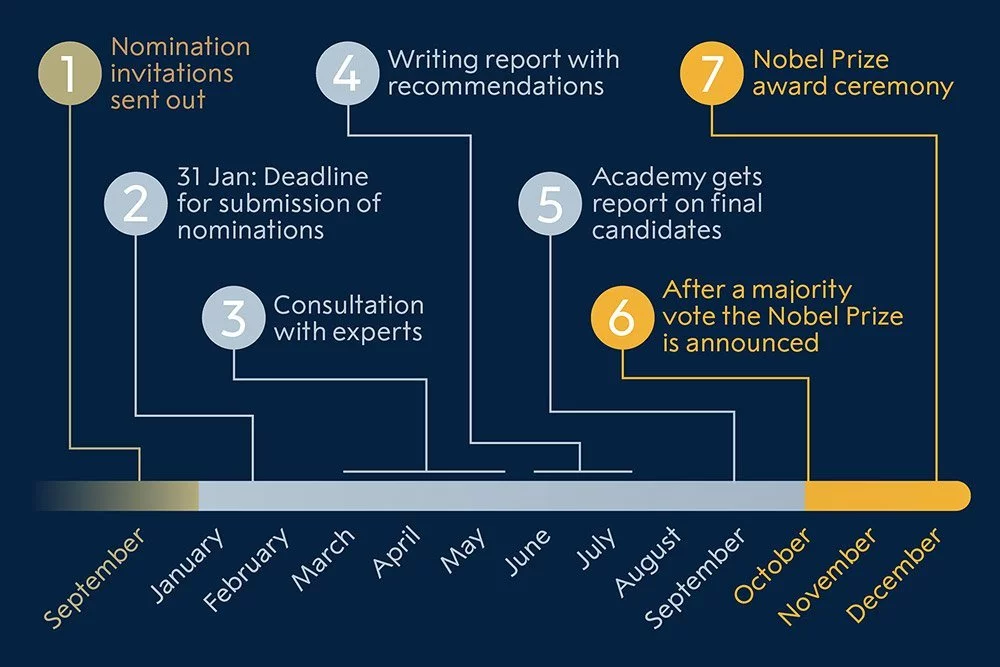
The circumstances surrounding a nomination and the actual awarding of the Nobel Prize are both crucial in determining whether or not that nominee will be honored. Despite the excellence of certain individuals, they have been denied receiving the Nobel Prize due to the strict requirements set out in Alfred Nobel’s will and also in the rules of the Nobel Foundation.
For a Nobel to be awarded, the method requires the nominee to be put forth by other people. A year or more in advance, the Nobel Committee sends out anonymous nomination forms to specific scientists and academic institutions. Based on these recommendations, the committee makes its nominations in February. Only the prize winners’ identities are revealed; the nominees are kept hidden for 50 years.
The Nobel Committee members are then advised by experts who have reviewed the work of the applicants. Over the course of the next several months, the committee of six members conducts many rounds of selection before casting their final decision at the beginning of October. Each of the six members of this committee is a specialist in either chemistry, physics, or medicine/physiology for the three distinct prizes, and all the members are chosen by the Swedish Academy of Sciences to serve staggered three-year terms.
When the Nobel Prizes were initially established in 1901, the selection committees adhered more strictly to the terms of Alfred Nobel’s will than they do now. Many prominent researchers missed out on a Nobel Prize because of this.
Mendeleev and the periodic table
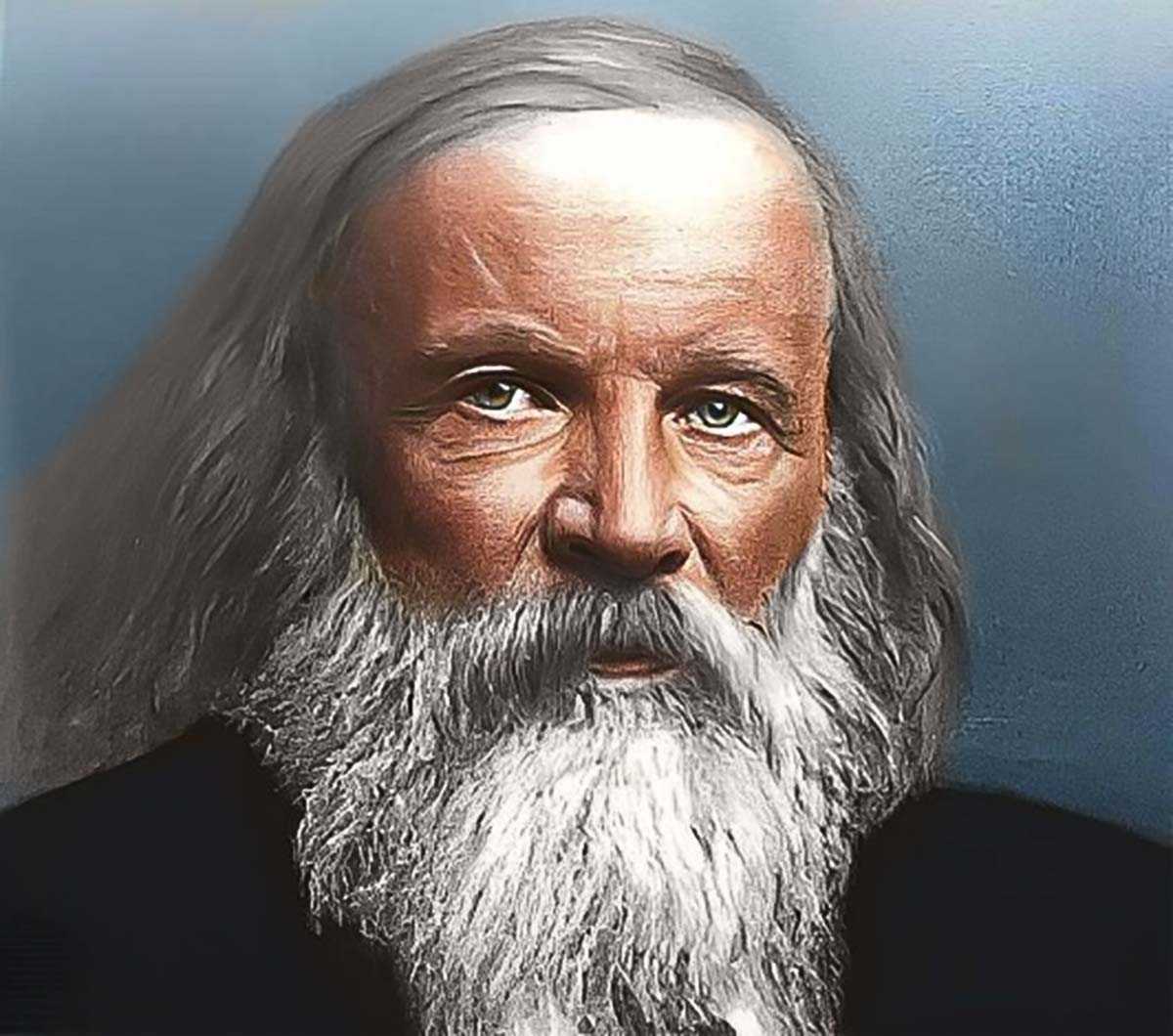
Dmitri Mendeleev, who developed the periodic table, was one of these scientists who was never awarded a Nobel. In the middle of the 19th century, he and the German scientist Lothar Meyer independently constructed systems to account for the seemingly irrational “relationships” between some chemical components. In contrast to Meyer, Mendeleev understood that the resultant table was incomplete; it seemed that several elements had yet to be identified.
When Dmitri Mendeleev presented his periodic table in 1869, he was initially met with skepticism and ignorance. However, several elements were found during the subsequent 15 years that filled in the blanks in Mendeleev’s table. Since then, chemistry has always relied on the periodic table of elements, and today, the colorful atomic table may be seen hanging in almost every school.
But for no real reason at all, the Russian scientist was never awarded the Nobel Prize. Alfred Nobel specified in his will that the annual prize be given to the person or people who had done the most that year to improve human life. In the first years of the Nobel Prize, only recently active scientists were selected. Unfortunately, Mendeleev did not make the cut in this aspect.
It’s true that a few committee members challenged the antiquity of his periodic table’s underlying findings. However, they failed to secure a majority. The man credited as the inventor of the periodic table passed away in obscurity in 1907. The norm now is to honor scientists even after decades of their discovery. Therefore, the criteria of “timeliness” are virtually irrelevant to the Nobel Prizes of today.
This is the reason why a lot of early researchers didn’t win a Nobel Prize. They made ground-breaking findings, yet their colleagues and contemporaries didn’t believe them at first. They often had to wait decades for the validity of their breakthrough to be acknowledged. This is what happened to numerous scientists who were worthy of the Nobel Prize, including Alfred Wegener with his plate tectonics theory.
Oswald Avery and his breakthrough in DNA
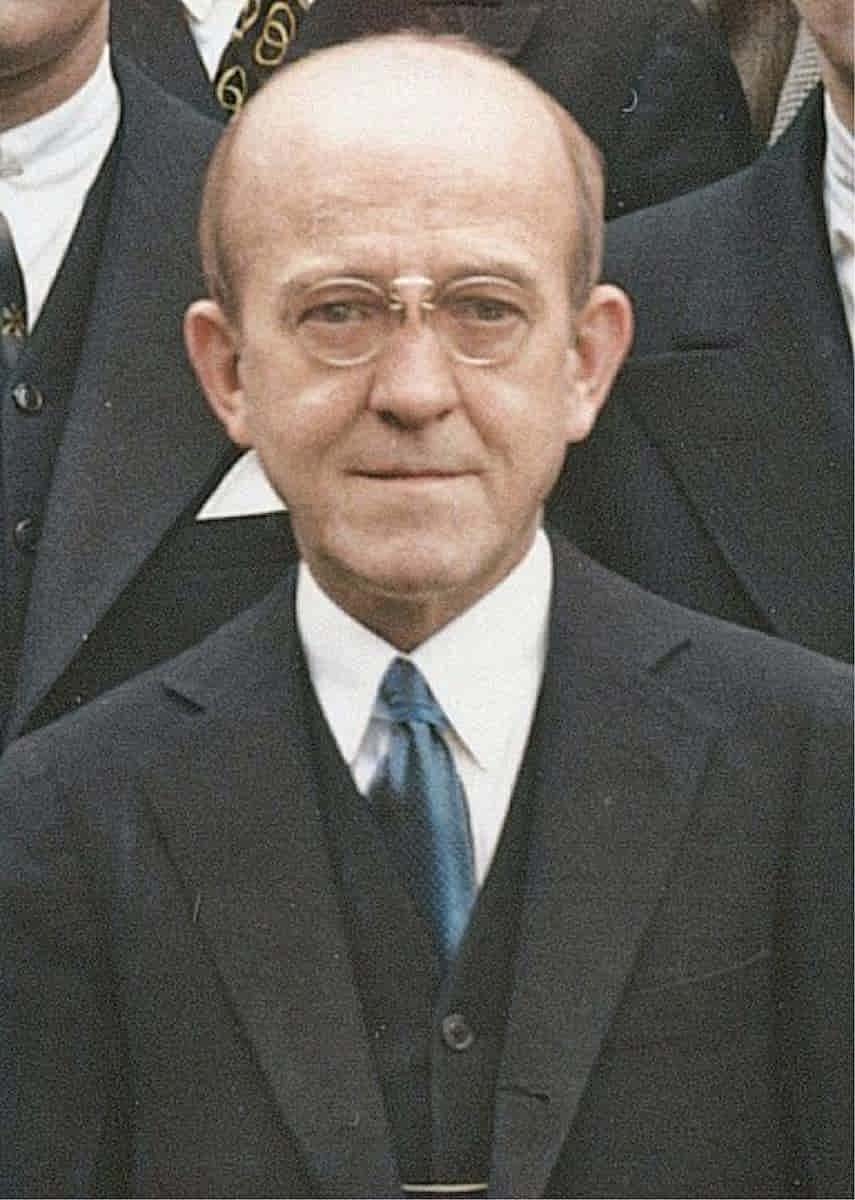
A striking example is a Canadian physician, Oswald Avery, who discovered that the DNA molecule stores our genetic information. Medical professionals and biochemists alike had a firm belief in the central role of proteins in cells as the primary agents of inheritance until the 1950s. Through his tests on pneumococci, Oswald Avery found that a threadlike white material seemed to be essential for genetic inheritance.
Examination at a higher resolution revealed that the substance in question was not a protein but rather a deoxyribonucleic acid (DNA). Based on his research, Avery concluded that this molecule must serve as a vector for transmitting genetic information. In 1944, he released his results to the public, although they were poorly received at first. Protein theorists balked at the idea that the genetic code could be stored in DNA, which has only four different bases. Many still believed that the proteins were still present in the DNA, but this was not the case.
Despite being nominated for the Nobel Prize 38 times, Oswald Avers was never awarded the prestigious prize. When it was finally realized in the 1950s that Avery was correct in his assessment of DNA as a hereditary molecule, it was too late for the doctor: Avery passed away in 1955, missing out on both the Nobel Prize and the celebration of James Watson and Francis Crick’s deciphering of the DNA code.
Georges Lemaitre and the Big Bang
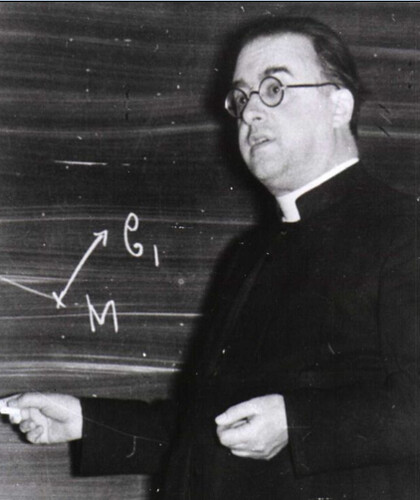
Georges Lemaitre, the “Father” of the Big Bang, was another scientist who was centuries ahead of his time. In 1927, a Belgian priest and scientist realized the implications of the expanding universe. If one could rewind time, one would find that the whole cosmos was once concentrated in a single spot, a kind of “primordial nucleus” of the universe.
However, when Lemaitre presented this theory to his fellow physicists, he was greeted with intense opposition. For the simple reason that conventional wisdom at the time held that the cosmos was static for all of eternity. Even to Albert Einstein, the notion that the universe may have emerged from some kind of “big bang” seemed practically inconceivable. When the Big Bang’s afterglow, known as “cosmic background radiation,” was detected in 1964, it provided further confirmation of Lemaitre’s Big Bang theory. Unfortunately, he passed away in 1966, so he never had the chance to accept the honor, if there was one.
For Robert Brout, the discovery of the Higgs boson came too late

It is hardly surprising that theorists, a subset of scientists, have been mostly overlooked for the Nobel Prize. In most cases, it wasn’t enough that their discoveries were ground-breaking and crucial. No one has ever won a Nobel Prize for a theory, including the theory of relativity by Albert Einstein. Instead, in 1921, Einstein won the Nobel Prize for his work describing the photoelectric effect, which is the result of light’s interaction with matter.
The Nobel Prize Committee’s preference for experimental breakthroughs may have a role in this; such feats are more intuitive and straightforward to categorize in terms of their significance. Many theoretical predictions and models are not accepted as valid until they have been verified experimentally.
The 2016 detection of gravitational waves by the LIGO and Virgo collaborations is the most recent illustration of this phenomenon. Although Albert Einstein had predicted these space-time shocks and their production processes a century earlier, the Nobel Prize wasn’t given out until they were actually observed.
Like the Higgs boson, the topic of what gives basic particles their mass has been debated by scientists since at least the 1960s. Then in 1964, Peter Higgs, Robert Brout, and Francois Englert reached the same conclusion: there must be a previously undiscovered sort of field with which these particles interact and, in turn, gain their mass. If this “Higgs field” did really exist, then it must also have a corresponding particle.
However, the Higgs boson was first thought of as a theoretical particle. In 2012, researchers at the CERN research facility finally managed to identify the particle in the LHC particle accelerator. With this discovery, the three scientists who found the Higgs mechanism were theoretically also deserving of a Nobel Prize. However, for Robert Brout, the proof came too late since he died in 2011. That’s why the 2013 Nobel Prize in Physics went to only two of his colleagues who are still alive.
Hawking: Revolutionary, but without a Nobel Prize
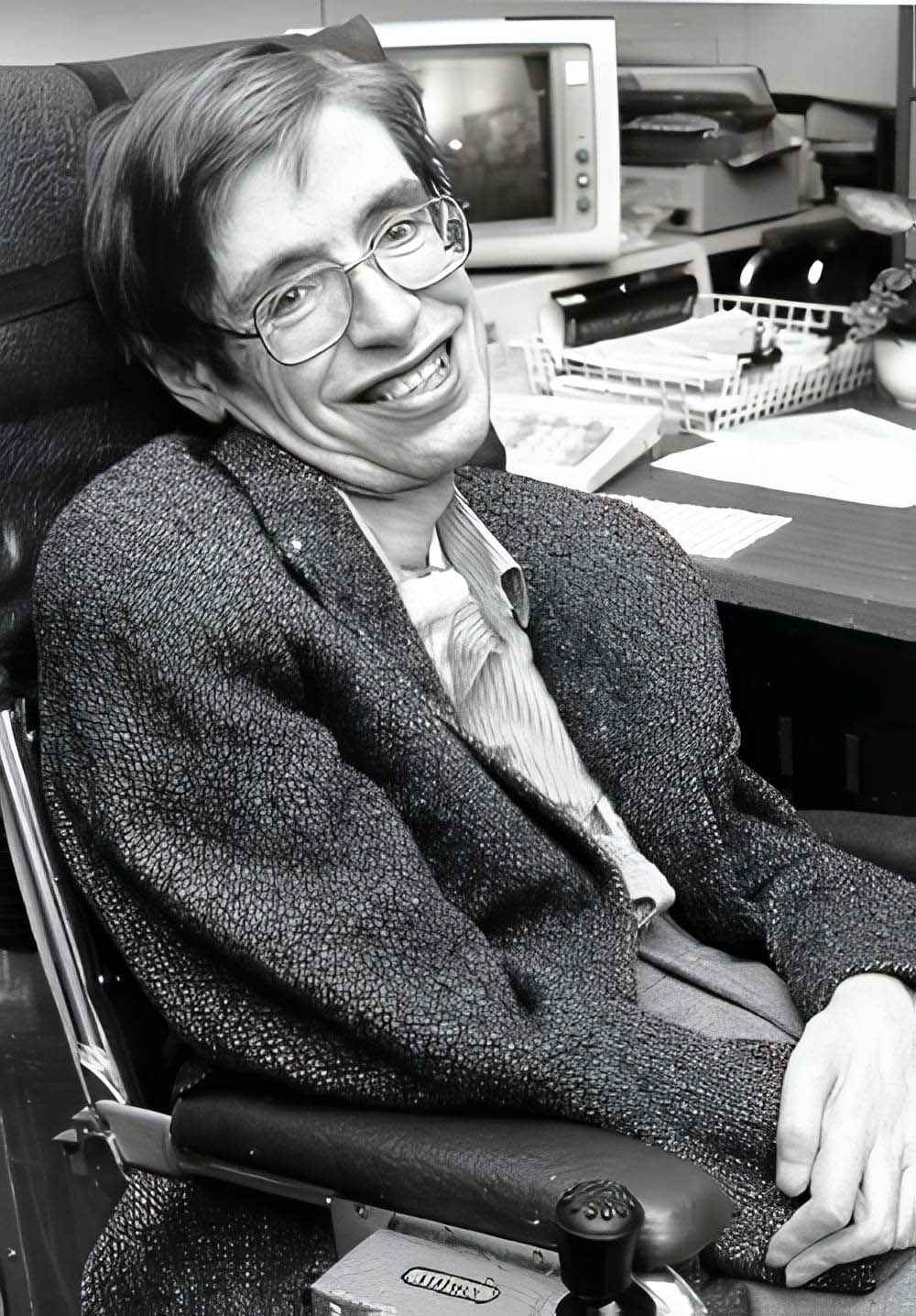
Also, Stephen Hawking, a theoretical physicist, was unfortunate to win the Nobel Prize. The late British scientist was widely regarded as a leading figure in the fields of cosmology and physics. We owe him crucial insights into the nature and behavior of black holes, as well as important theories on the quantum-physical foundation of the Big Bang and cosmic inflation.
Hawking theorized that black holes release some kind of radiation. Quantum fluctuations continually produce pairs of virtual particles and antiparticles, which give birth to this Hawking Radiation. While they normally cancel out in space, when one of these particles is beyond the event horizon, the outer particle is illuminated. As per Hawking’s theory, even tiny black holes may eventually evaporate into nothing but radiation if exposed to enough of it.
Even though Hawking’s work is now central to cosmological and astrophysical understanding, he, too, was not awarded the Nobel Prize in Physics. Recent studies have provided indirect proof of Hawking Radiation, although many of his theories still require astronomical or experimental support. Now that Hawking is dead, this possibility has disappeared since Nobel Prizes are not awarded if the person is dead.
Some of the early pioneers of theoretical physics, like Arnold Sommerfeld, one of the inventors of quantum theory, and Satyendra Nath Bose, for whom bosons are named today, met a similar fate. Though Stephen Hawking was nominated for the Nobel Prize 74 times, he was never awarded one.
Edwin Hubble and the Redshift
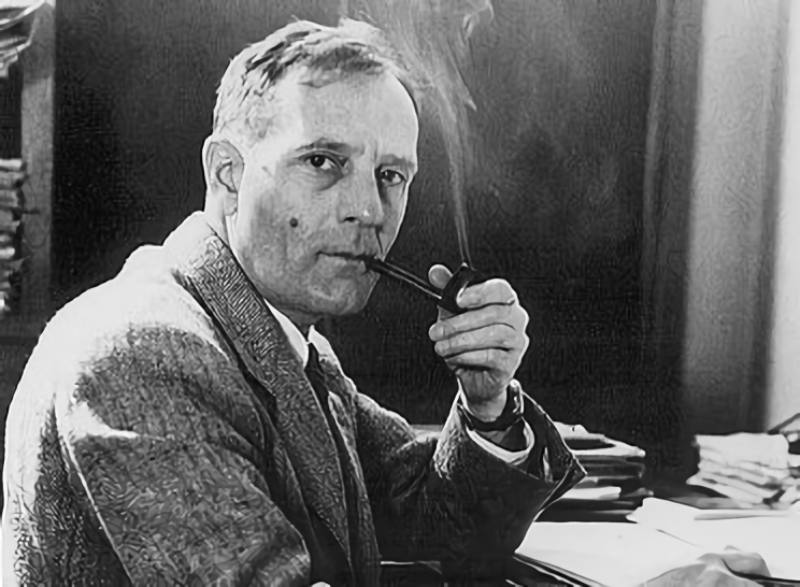
Working in a different scientific field prevented several scientists from missing out on the Nobel Prize. It wasn’t until fairly recently that scientists from closely related fields began receiving the Nobel Prizes in physics, chemistry, and medicine alongside their more-traditional counterparts. This resulted in many frustrated astronomers, biologists, and overly mathematical physicists.
The American astronomer Edwin Hubble serves as a prime example of someone who did not receive a Nobel Prize. The Andromeda nebula, which could be seen in the sky even before his discovery, turned out to be a neighboring galaxy, not part of our Milky Way. Then, in 1929, he determined that the redder the wavelength of light from distant cosmic objects, the further away they are. Therefore, faraway things move away from us at a greater rate than those closer to us. Distance and redshift have a linear relationship.
Hubble’s discoveries led to the revelation that the universe is continually expanding, which in turn provided the foundation for innumerable key insights about the evolution of the cosmos. His results provide the basis for the Hubble constant, which measures the expansion rate of the universe and thus bears his name.
These ground-breaking results would easily warrant a Nobel Prize today. During Hubble’s lifetime, however, the Nobel Prize in Physics committee had a very limited view of his discipline and did not consider astronomy for a Nobel. Even though Hubble’s contributions influenced the cosmic perspective and, by extension, physics, he was not even considered for the Nobel Prize for decades. He had been passed over for the honor until the last days of his life in 1953, when three scientists finally thought to nominate him.
Carl Woese and the Tree of Life
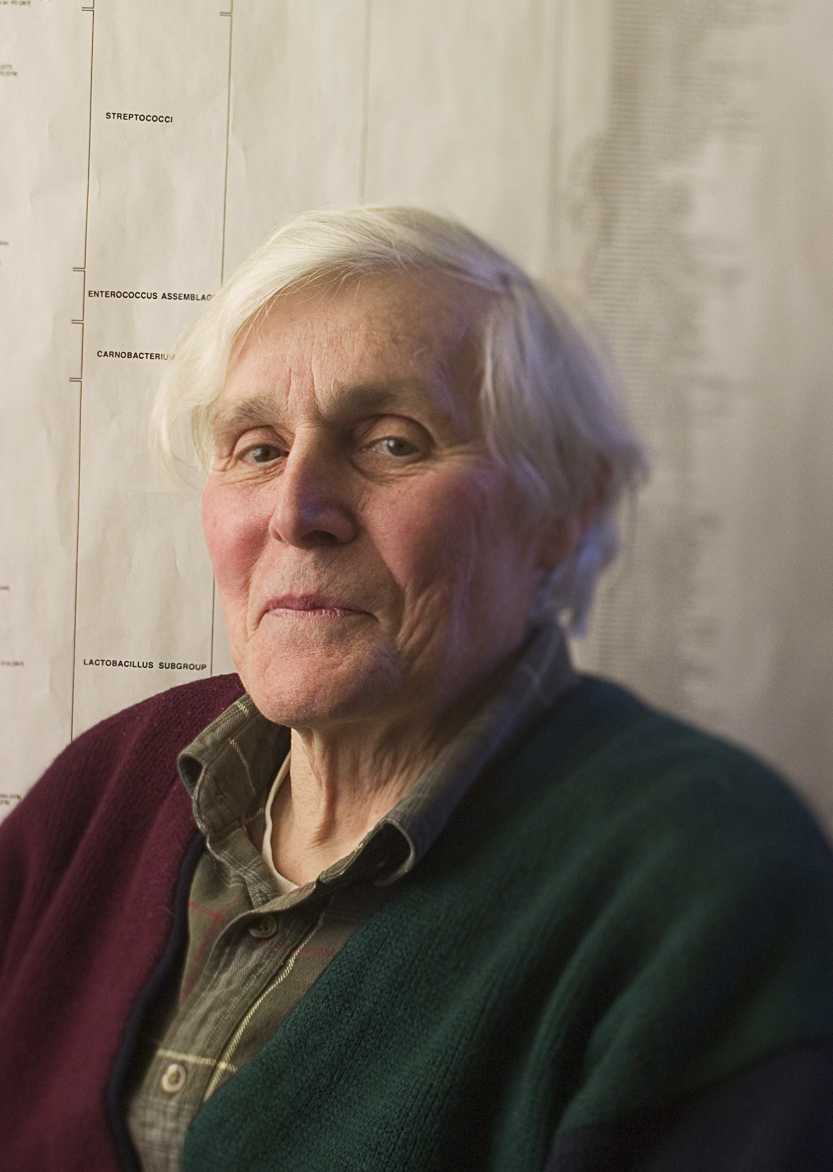
The American molecular scientist Carl Woese is another “victim” of the limited scope of the Nobel Prize. He was the one who first noticed that there are really three major branches in the family tree of existence. The archaea are the third major group of organisms on Earth after bacteria and eukaryotes. These one-celled creatures were at first classified as a subset of bacteria due to their shared lack of a nucleus and superficial resemblance to bacteria.
But Carl Woese found important genetic variations in ribosomes, an ancient component of all organisms. These protein-producing factories inside cells house RNA molecules that exhibit species-related variation. Carl Woese discovered Archaea in the 1970s by meticulously examining the ribosomal RNA of different bacteria and other species.
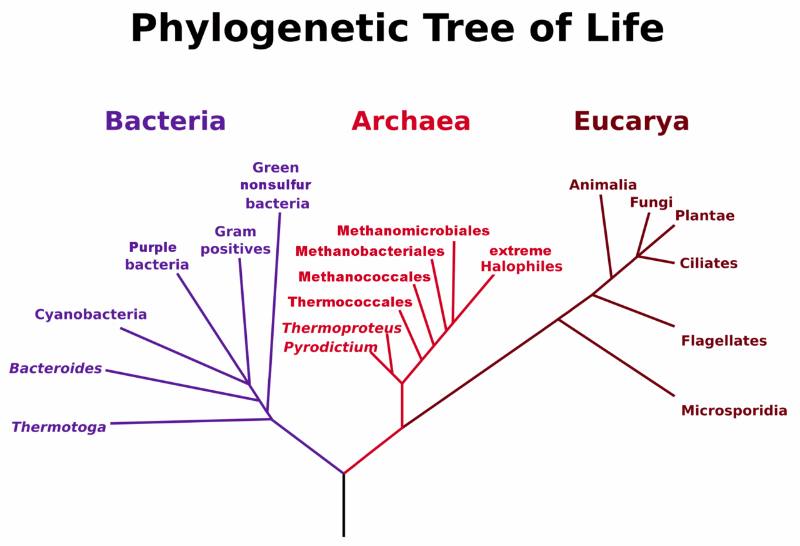
Additionally, Woese noticed that rRNA reflected the whole development of life, not just microbial classification. The results of Woese’s study shook up the fields of microbiology and evolution. Molecular phylogeny is still grounded in the comparison of ribosomal RNA. Yet, Woese did not get a Nobel Prize, and he passed away in 2012. His discoveries were overlooked by the Nobel Committee since they could not be classified within the fields of medicine, biomedicine, or chemistry.
Lise Meitner and the discovery of nuclear fission
Women researchers are another underrepresented group that has been overlooked for Nobel Prizes despite their merit. In the early years of the Nobel Prize, there were very few women in science, and those that did exist typically had to settle for working alongside their male counterparts. Many of them were not even considered for faculty positions or other academic leadership roles.
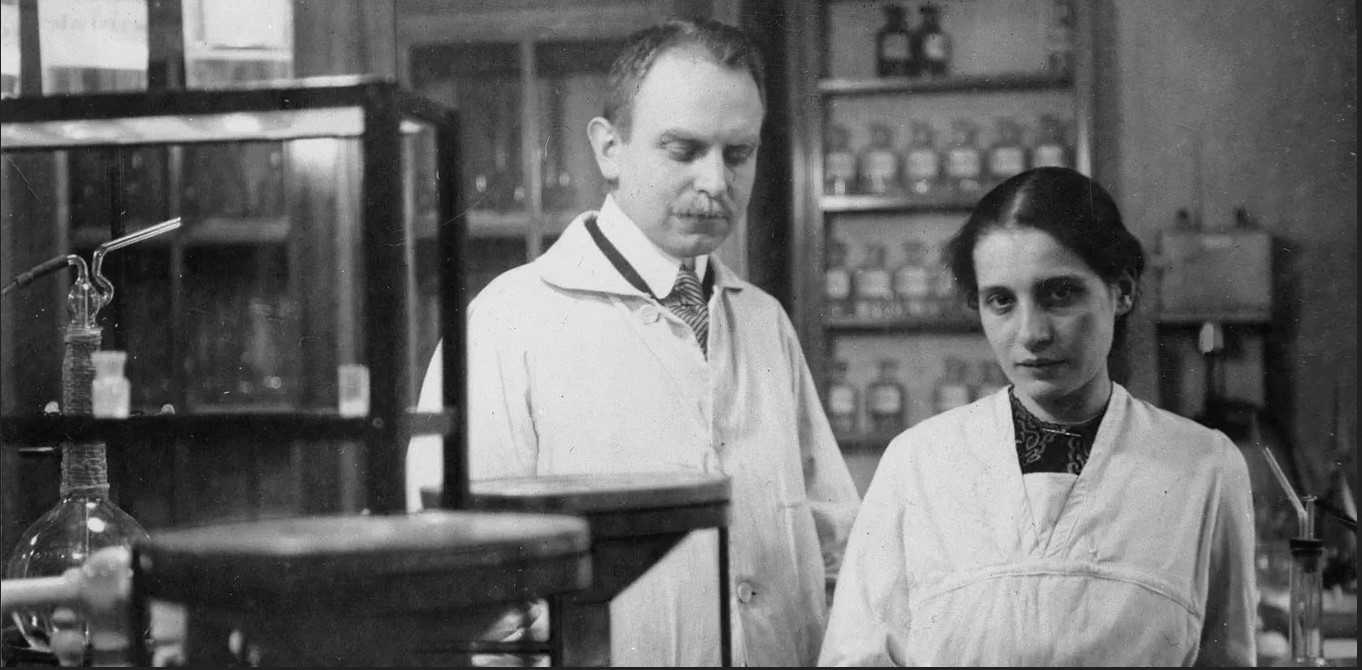
Lise Meitner is one of the most infamous women who was denied a Nobel Prize. She was the first to detect the mechanisms underlying the nuclear fission of atoms, which presented crucial wisdom to her colleague Otto Hahn; she was born in 1878 and studied under Ludwig Boltzmann. As the first female physics professor in Berlin, Germany, Lise Meitner made history in 1926. However, her career was cut short in 1933 when, due to her Jewish heritage, she was fired and forced to depart the country.
She worked and kept in touch with Hahn even while living in exile in Sweden. After doing an experiment with uranium in December 1938, he excitedly reported to her that no heavier nuclei but smaller ones had been produced by the experiment. Hahn remarked, “Perhaps you can come up with some sort of fantastic explanation. We knew ourselves that [uranium] can’t actually burst apart into [barium].”
Then, Meitner and her nephew Otto Frisch set out to find a theoretical explanation, which they did. They concluded that the uranium atom had been split by a barrage of neutrons.
Thus, both the possibility and the mechanism of nuclear fission became evident. In 1944, Otto Hahn received the Nobel Prize in Chemistry for his role in discovering nuclear fission and providing radiochemical confirmation of its existence. However, neither Lise Meitner nor Otto Frisch received a Nobel. The reason for this was obvious: Lise Meitner had a poor hand with the Nobel Prize Committee since she was a woman and also a Jew who was expelled from Germany.
Rosalind Franklin and the structure of DNA

One of Lise Meitner’s colleagues, the British biophysicist Rosalind Franklin, had a very similar incident when it came to not receiving a Nobel Prize. There is a good chance that James Watson and Francis Crick would not have successfully rebuilt the double helix structure of the hereditary molecule DNA without Rosalind. Because at the time, they and many of their peers believed DNA had to consist of three strands. Watson and Crick finally grasped what to look for only after obtaining Franklin’s X-ray DNA crystallography.
The two scientists gained international renown in 1953 for their model of DNA’s double helix structure in the journal Nature. While Rosalind Franklin and her coworker Maurice Wilkins also submitted their data in the same journal issue, the model developed by Watson and Crick stood out the most. The discovery of DNA’s structure earned Crick, Watson, and Wilkins the Nobel Prize in 1962. Rosalind Franklin, whose contributions were crucial to this groundbreaking finding, was unfortunately ignored.
Jocelyn Bell and the pulsars

There are instances of underappreciated female scientists in the field of astronomy, as well. There is Jocelyn Bell Burnell, the British radio astronomer who found the first pulsar. She was analyzing data from a brand-new radio telescope as part of her dissertation research at the University of Cambridge for her doctorate. In August of 1967, she discovered unexplainable radio signals inside it that followed an extremely regular pattern.
Anthony Hewish, Bell Burnell’s dissertation advisor, first doubted that the signals had a natural origin because of their regularity. He humorously gave them the designation LGM-1, which stands for “Little Green Men.” However, Burnell discovered more pulsing radio signals that, like the stars, traveled across the sky. Bell Burnell eventually identified pulsars, which turned out to be the radio emissions from fast-spinning neutron stars.
Her results were published in 1968 along with those of Hewish. The Nobel Prize in Physics was awarded to Anthony Hewish in 1974, and Jocelyn Bell Burnell was not included.
Bibliography
- Featured Image: Photo by CEphoto, Uwe Aranas, CC BY 3.0, enhanced from original.
- “All Nobel Prizes”. NobelPrize.org.
- “Nobel prize winners”. University of Cambridge. 2013.
- Alfred Nobel’s will – The establishment of the Nobel Prize”.


